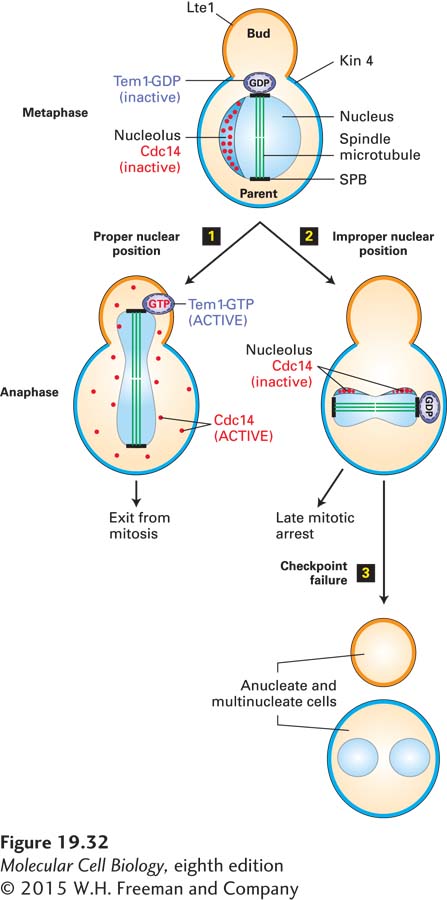
FIGURE 19- 1- 1- t- l- P-